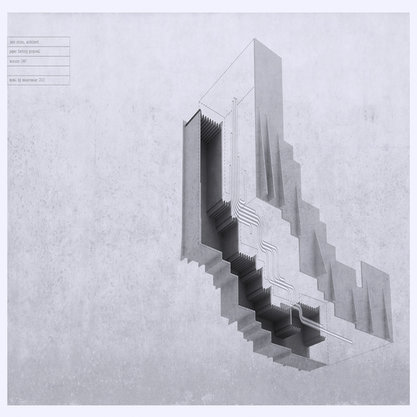Article
Husseini, Jumana (1932--) By Sherwell, Tina
Article
Jumana Husseini was born in 1932 in Jerusalem. Her family was forced to leave Palestine during the 1948 war, re-settling in Lebanon where she met and married Ofran Bayazid in 1950. Between 1953–1956 Husseini studied political science at the American University of Beirut, where she discovered her interest in art. She went on to participate in multiple group exhibitions in Lebanon, the Middle East, and Europe, including at the Museum of Modern Art (Tokyo, Japan), The Barbican Centre (London, UK), and the Institute de Monde Arabe (Paris, France). In 1991 Husseini studied stained glass art at the Ecole Nationale Supérieure des Beaux-Arts in Paris.
Her early works give the impression of peering from a window at scenes of flowers, trees, minarets, and the cityscape of Jerusalem, each element of the compositions represented with icon-like reverence. Simplified architectural forms comprise a rather idealized city of memory, detailed in a lyrical style, as if frozen in time and void of deterioration. Over the years these series grew more simplified and serene. Following the devastating events of the war in Lebanon, Husseini shifted to abstraction, working in collage and layers of script, which appear as palimpsests. Her work is currently held in numerous private collections.

